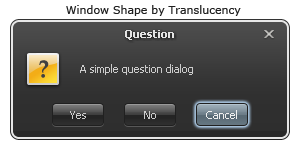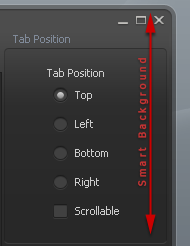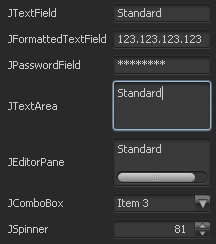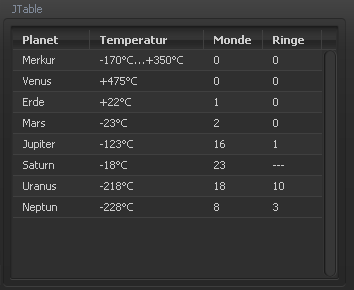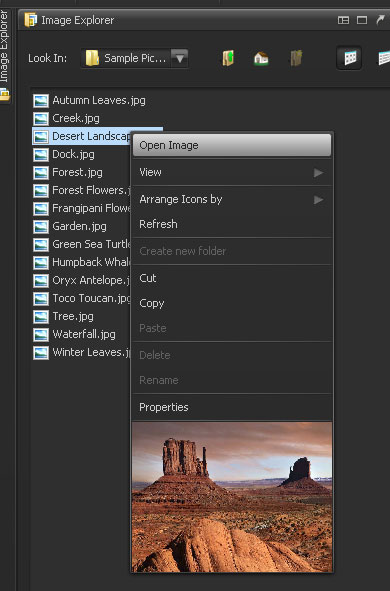Das Projekt unter http://code.google.com/p/gwt-dnd/ gehört mit den zu den bekanntesten Drag & Drop Bibliotheken für GWT. Die von Fred Allen-Sauer geschriebene Bibliothek ist ordentlich mit Beispielen hinterlegt, sodass der Einstieg einfach ist. Ein kleines Beispiel soll die Bibliothek demonstrieren.
a) Nach dem Einbinden der Jar-Datei ist in der XML-Datei für GWT folgendes einzutragen:
<inherits name='com.allen_sauer.gwt.dnd.gwt-dnd'/>
b) Von http://code.google.com/p/gwt-dnd/source/browse/trunk/DragDrop/#DragDrop/war/images nimmt man die Grafik row-dragger-8.gif passend etwa in das WEB-INF/images mit auf und schaut auf den URL-Eintrag in der CSS, dass der Pfad passt.
c) Von http://code.google.com/p/gwt-dnd/source/browse/trunk/DragDrop/#DragDrop/demo/com/allen_sauer/gwt/dnd/demo/client/example/flextable kopiert man die Dateien
- FlexTableRowDragController
- FlexTableRowDropController
- FlexTableUtil
in das eigene GWT-Projekt.
In onModuleLoad() kann es dann so aussehen:
AbsolutePanel panel = new AbsolutePanel();
panel.setPixelSize(450, 300);
panel.addStyleName(„demo-FlexTableRowExample“);
FlexTableRowDragController dragController = new FlexTableRowDragController( panel );
FlexTable table = new FlexTable();
table.addStyleName( „demo-flextable“ );
HTML handle1 = new HTML( „<b>Heinzelmann</b> (100 €)“ );
handle1.addStyleName( „demo-drag-handle“ );
table.setWidget( 0, 0, handle1 );
dragController.makeDraggable( handle1 );
HTML handle2 = new HTML( „<b>Wumme</b> (200 €)“ );
handle2.addStyleName( „demo-drag-handle“ );
table.setWidget( 1, 0, handle2 );
dragController.makeDraggable( handle2 );
HTML handle3 = new HTML( „<b>Fred</b> (90 €)“ );
handle3.addStyleName( „demo-drag-handle“ );
table.setWidget( 2, 0, handle3 );
dragController.makeDraggable( handle3 );
panel.add(table, 10, 20);
FlexTableRowDropController dropController = new FlexTableRowDropController(table);
dragController.registerDropController(dropController);
RootPanel.get().add( panel );
Anschließend haben wir eine Webseite mit
Heinzelmann (100 €)
Wumme (200 €)
Fred (90 €)
wobei wir die 3 Einträge in der Reihenfolge verschieben können.



